Indonesian collector and PhD in mathematical physics, Andonowati seems to be born to break stereotypes. Her kind heart, scientific brain, and heightened artistic sensitivity worked in tandem to revolutionise the art scene in Bandung. She is the embodiment of the powerful businesswoman, yet she is deeply engaged in complex research, always keeping a down-to-earth attitude.
Her art journey began in 2007, upon coming back to Indonesia from Canada, when she initiated the artist management enterprise ArtSociates and opened Lawangwangi Creative Space in Bandung. In 2010, she launched the Bandung Contemporary Art Award (BaCAA) — one of the most prestigious art awards in Southeast Asia, to encourage young talented artists to develop new ideas across different media. A collector since her Canada years, she is continuously promoting her artists, showcasing and expanding her collection, which has a focus on cross-cultural parallelisms. With more than five big art-related projects under her belt, she keeps coming up with innovative ideas to spread knowledge and her love for art to the younger generation.
LARRY’S LIST spoke to Andonowati about her personal journey and her process of collecting, and how her art-related projects have enhanced the Indonesian contemporary art environment over the years.
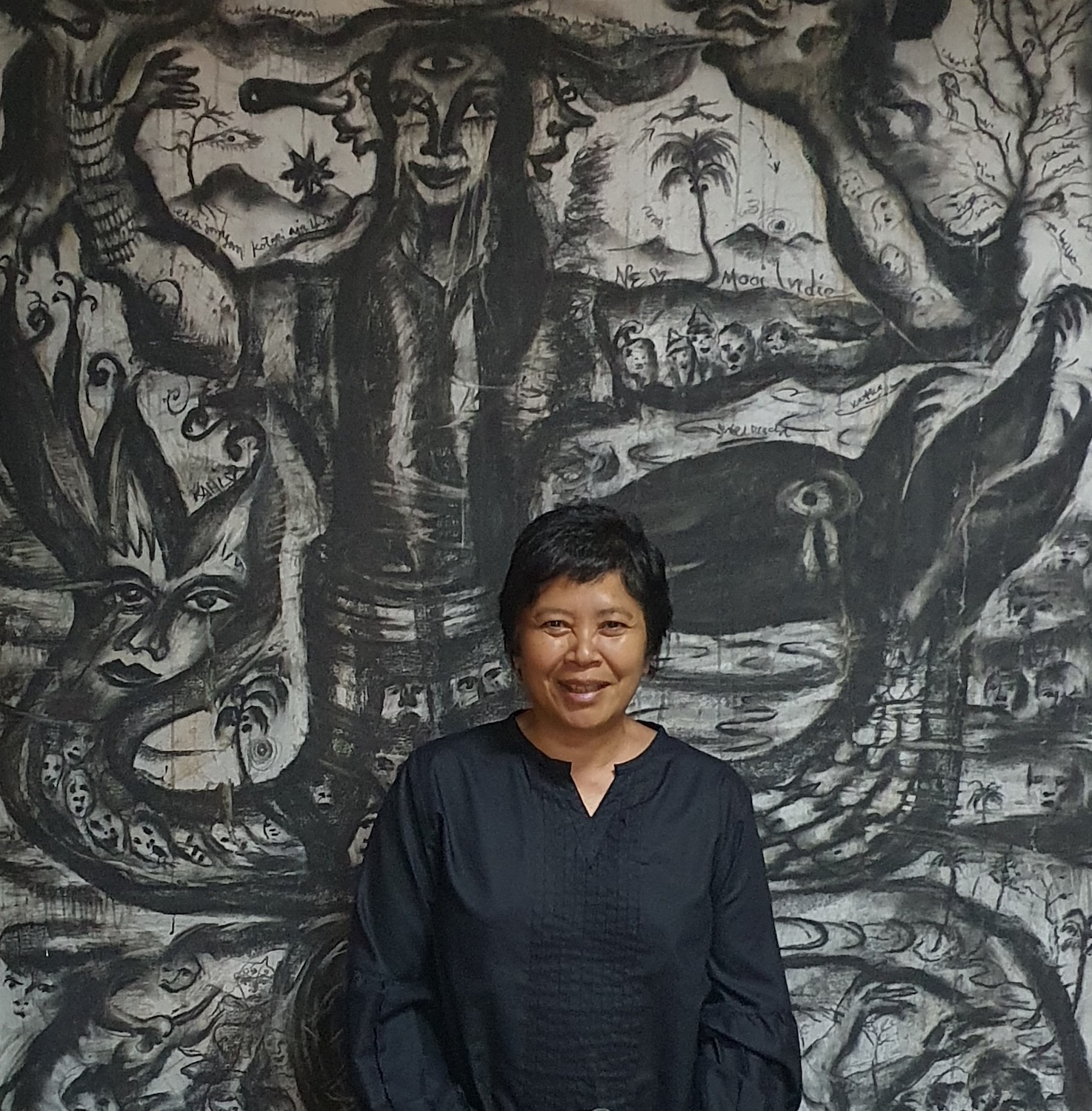
You have a mathematician background, how does it influence your way of appreciating and collecting art?
Generally speaking, mathematics is thought of as something to do with calculating, arithmetic, or computing. But to me, mathematics means coming up with new ideas, create new models, and innovate with them. This perhaps influences the way I choose artists. An artwork to me represents a model to understand reality. In a painting or an installation, important phenomena — whether it’s conflict with religion, social injustices, women’s rights — are put in a concrete visual form. All issues are registered and archived to be better understood. So this becomes a witness to history, similar to modelling in mathematics.
What was the motivation that pushed you to start collecting?
Since I was a child, my soul has always been attracted to design, culture, and art. I considered becoming an artist, but I ended up pursuing mathematics, which of course is a completely different field of study from arts and culture. I also always felt like an educator at heart, so I always seek possibilities to educate myself and others. When I look at the value of an artwork, I don’t necessarily look at the price, or if it is super-marketable; I’m always drawn by the concept behind the work.
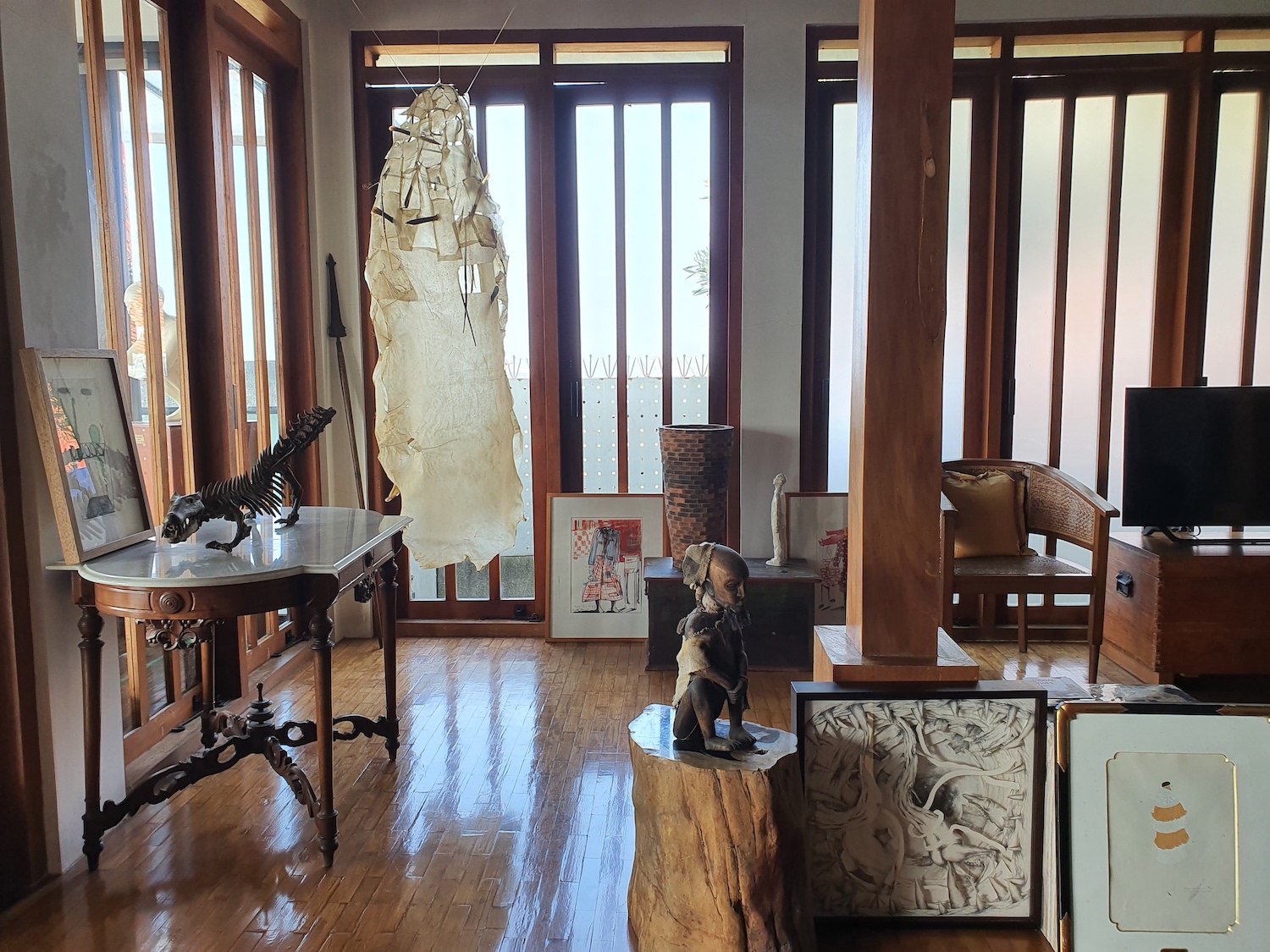
When did you start collecting contemporary art?
I started collecting a little already in 1992, while I was living in Canada, but I started to be more serious in 1999, focusing on Indonesian art, when I got back to the country to work at the Institute of Technology Bandung. I started with Indonesian artist Tisna Sanjaya. At the time, I started also to look at the possibility to promote him.
What was the first artwork you purchased?
The first works I collected were etchings by Tisna Sanjaya, two pieces called Menghajar Picasso, and another called Pesta Pencuri. “Menghajar Picasso” means “beating Picasso”, or “competing with Picasso”; and Pesta Pencuri is a critique of Indonesian politics at that time when we were under Suharto’s regime, as “Pesta Pencuri”, means “Party of the Thieves”.
I liked Tisna Sanjaya’s socio-political content, and early on I also collected the work of Mella Jaarsma, Melati Suryodarmo, and the non-commercial artist Diyanto. which at the time was different from what other people were collecting in Indonesia. But I felt those artists were important if you conceive art as visual archiving. That’s why lately I have been promoting the work of another very interesting, research-based Indonesian artist — Eddy Susanto.
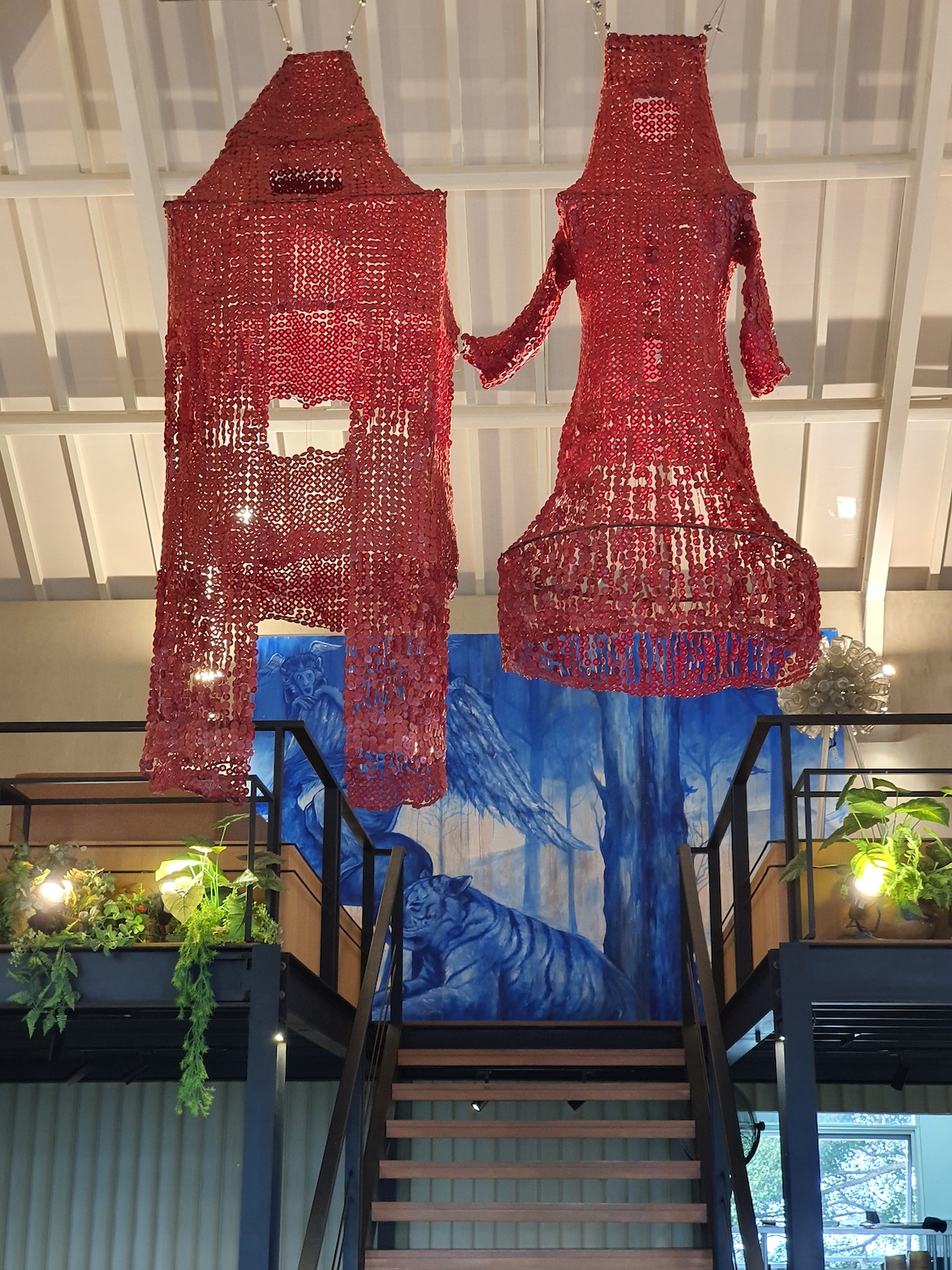
What is your focus regarding the artists in your collection?
I’m always trying to collect something that has a theme, and with continuity over time. Rather than collecting many artists with generic themes, I prefer collecting one artist, but in-depth, from the beginning of their practice all the way through. And if I can’t, at least I’ll choose one theme the artist is consistently exploring in their practice.
Are you collecting mainly Indonesian artists?
At the moment, it’s mostly Indonesian artists, but I also collect a lot of work by Nicolas de Jesus from Mexico. I feel very connected to his work, as he explores a lot of social and political concerns around the relationship of Mexico with the United States. I see Nicolas de Jesus and Tisna somehow working on similar subjects, although they come from two different countries. They show me the many parallelisms in the political turmoil and corruption between Indonesia and Mexico.
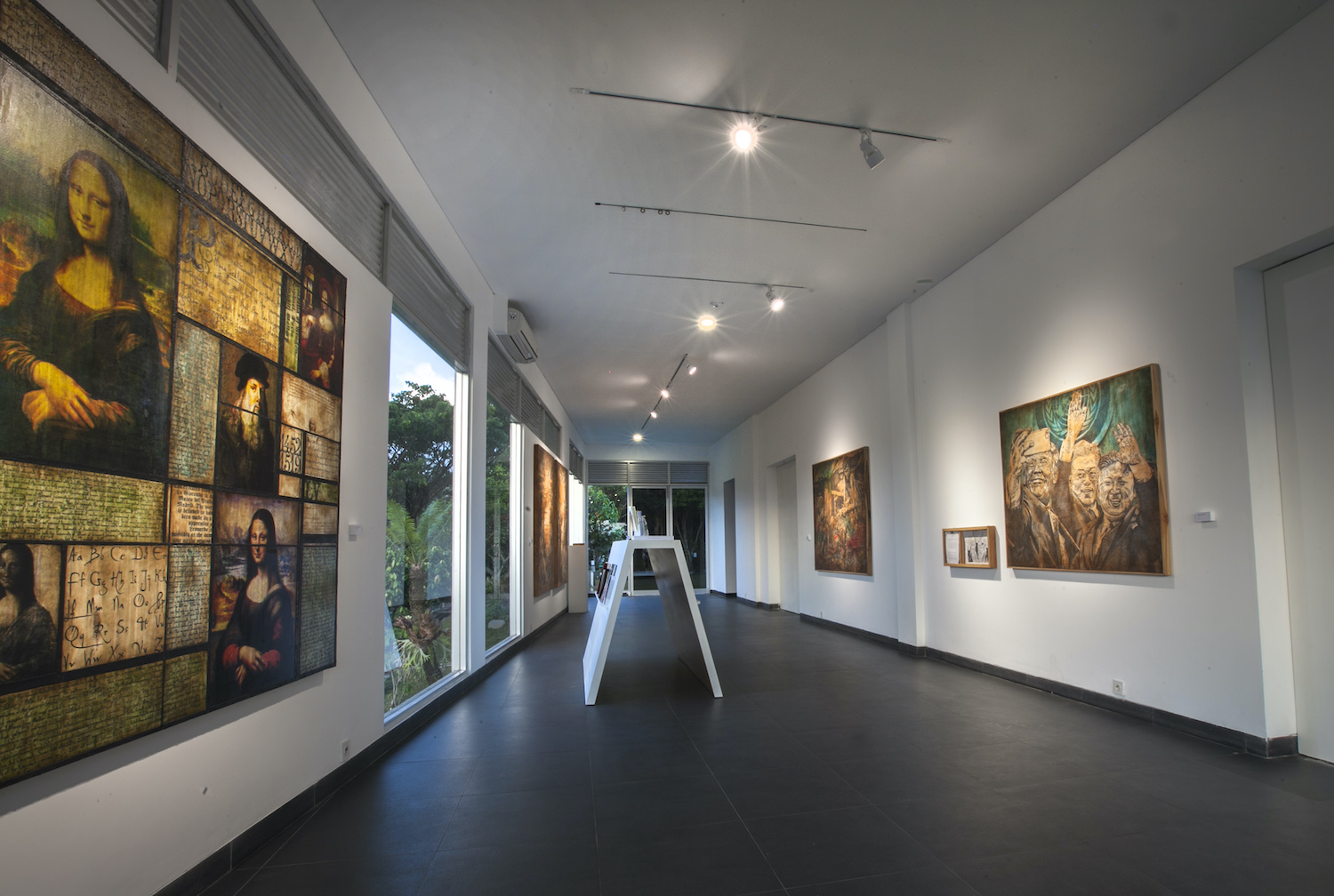
Have you ever exhibited your collection cohesively in your own art space, Lawangwangi?
Usually at Lawangwangi we have an exhibition program, and the times in between when we don’t have shows, we exhibit the collection. In one year, probably we will do one exhibition solely focused on part of the collection, with a coherent theme.
How many works is your collection composed of?
I’m not sure. It’s between 500 and 1,000. Some are in Lawangwangi Creative Space, others in our home; and we have a big storeroom of 400 square meters where we put most of the work. I have many works on paper, which are not super popular, but can be stacked efficiently in the drawers. Indeed, the storeroom is divided into three-dimensional works, two-dimensional works, paper works, and also installations, which can be really difficult to store. Often works are lent to exhibitions with other institutions, so we have a temporary storage section as well.
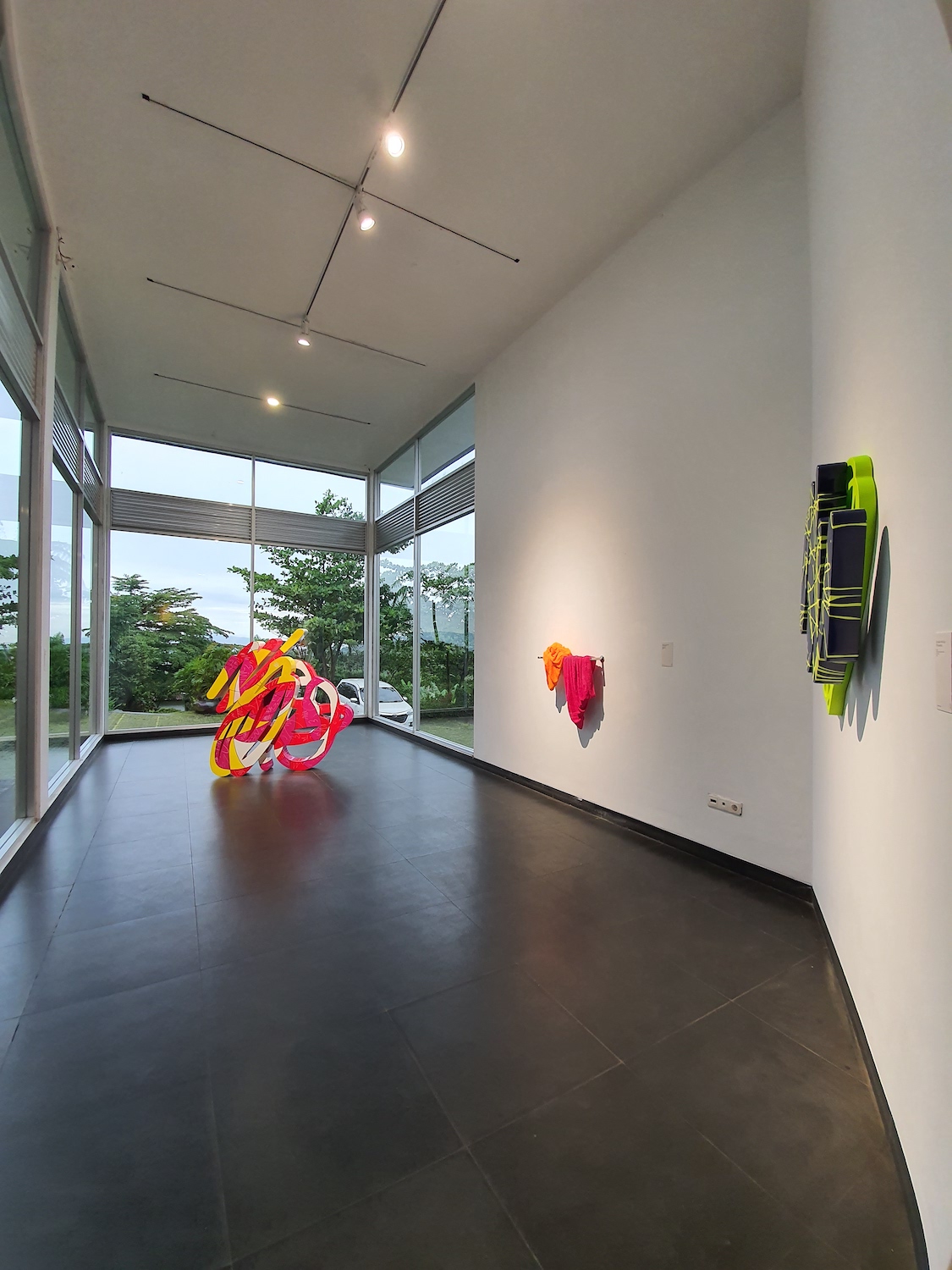
What is your favourite artwork in your collection at the moment?
It’s difficult to say because I love them all! I really enjoy several works of Tisna Sanjaya, and the installation works of Mella Jaarsma. Most of the pieces by Eddy Susanto are among my favourites. I can’t pick just one!
Is there any regret you have in your collecting journey?
In my opinion, collecting is a process that requires deep knowledge about the work, about the artist and also consideration about the future. If I buy something that I would look back at dismissively in few years, that’s good too! It’s a sign you have progressed in your knowledge and understanding as a collector. Plus, over the years I have developed several properties, restaurants, hotels, villas, in such a way that I can distribute some less relevant and more decorative art pieces in those buildings. The most important ones will stay in my collection.
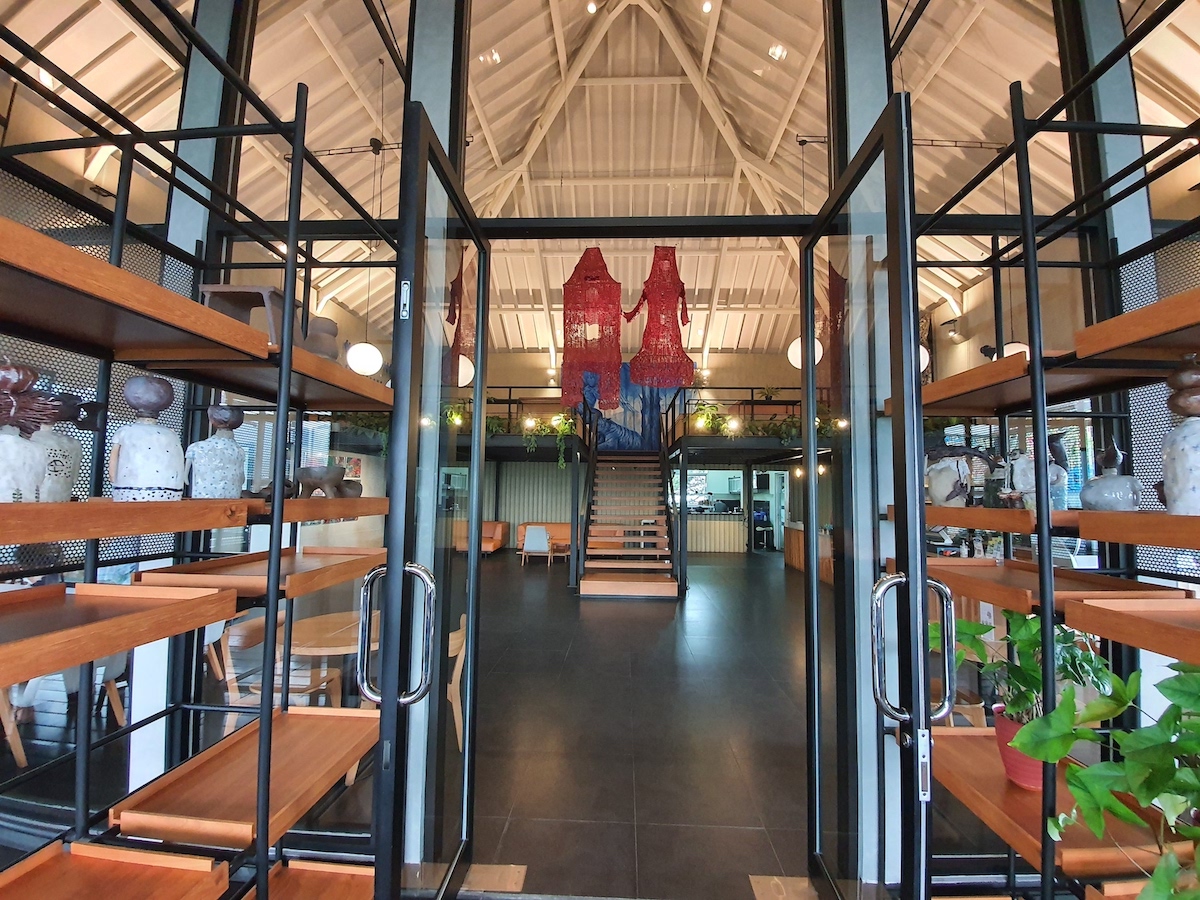
You are very much in touch with the emerging art scene, especially thanks to the Bandung Contemporary Art Awards you founded. In this regard, what are some young artists that you would look out for?
There is one artist in particular from Bali, Satya Cipta, who works on the tension between gender roles and intimacy in the Balinese tradition. Women in Bali are often disregarded in society; they are forced into marriage, and often times they have to endure sexual abuse. Another promising young female artist is Etza Meisyara from Bandung, who works with both visuals and music, speaking of the melancholia in the midst of hedonistic societies.
Finally, do you have some advice for young collectors?
I would say that art collecting is a process. To collect art, you need to develop knowledge, including knowledge of oneself. So, the new collector also needs to understand what they really desire to collect; what’s right for them and what they connect with on a deep level. I’d say; never follow the trends, it won’t be worth it.
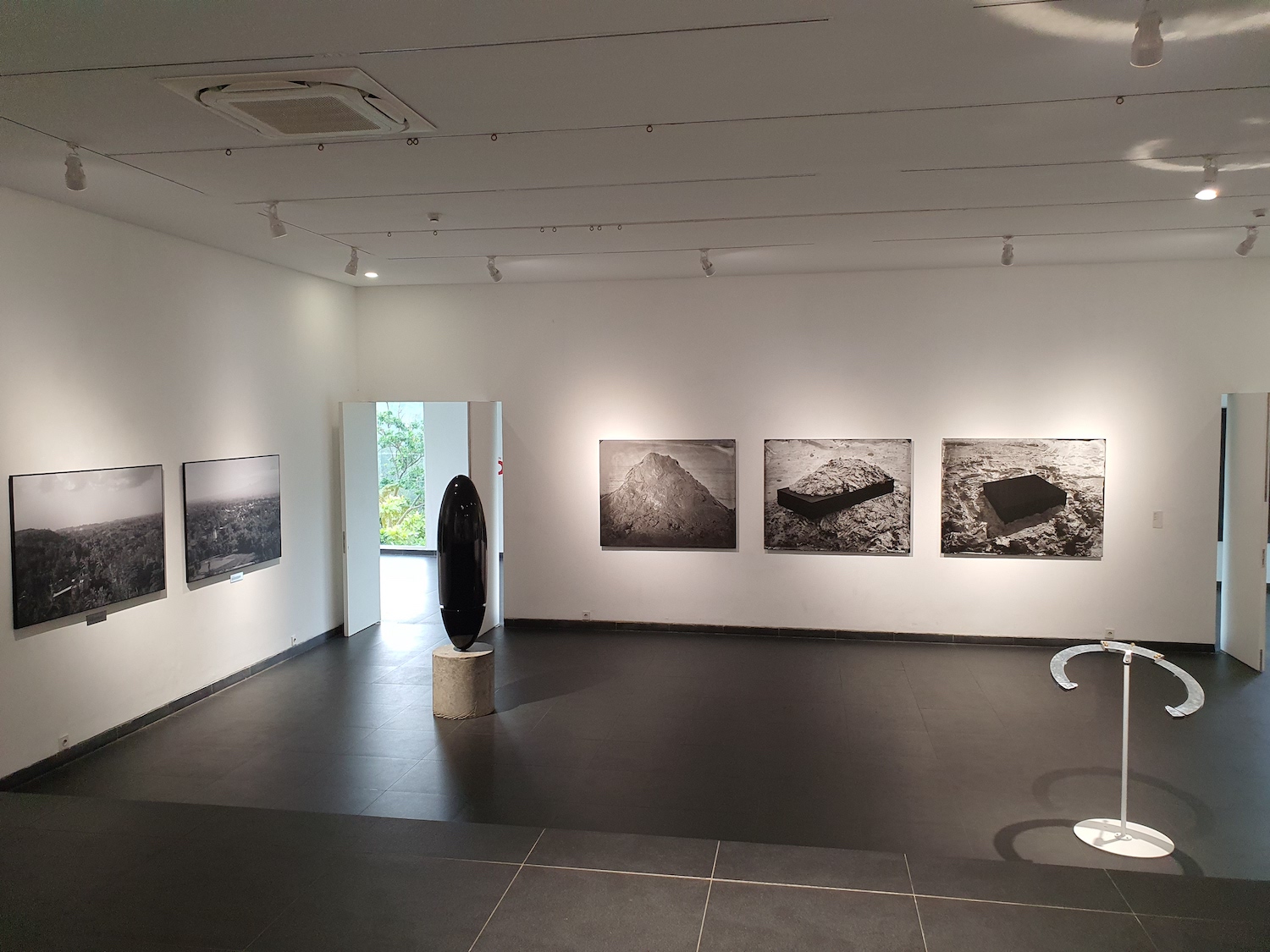
Related: Lawangwangi Creative Space
A selection of artists Andonowati collects:
Eddy Susanto
Melati Suryodarmo
Mella Jaarsma
Nicolas de Jesus
Tisna Sanjaya





